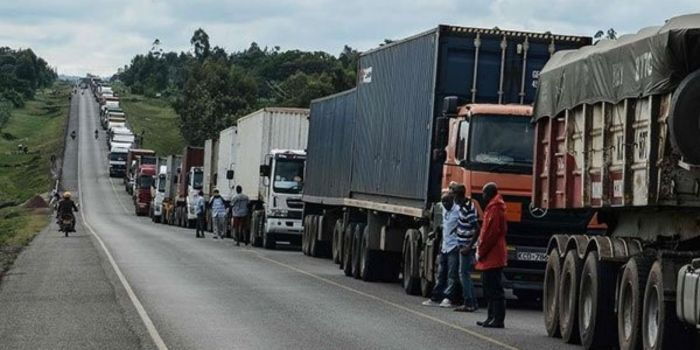The Motorists Association of Kenya has raised alarm over the rising number of accidents involving heavy commercial vehicles, urging the government to take drastic action to safeguard road users.
In a statement issued on Tuesday, August 26, the association described the situation as a national crisis, warning that “every journey has become a gamble with safety” due to the growing threat posed by trucks on Kenyan highways.
Among the measures proposed is the creation of special lanes for trailers to separate them from smaller vehicles, reducing the chances of collisions. The group also called for stronger investment in rail transport to handle most long-distance cargo, arguing that shifting freight from roads to rail would significantly ease highway congestion and lower accident risks.
The call comes after a series of fatal truck-related crashes this month. On the Nairobi-Namanga Highway, a matatu collided with a lorry at Korompoi in Kitengela, killing seven passengers. Days later, another matatu-lorry crash on the same route claimed eight more lives. Such incidents, the association noted, have become all too common on Kenya’s main transport arteries.
According to the National Transport and Safety Authority (NTSA), the spike in crashes is linked to reckless driving, driver fatigue, and distractions caused by tight delivery schedules. Many truck drivers spend long hours on the road under pressure from employers, increasing the likelihood of mistakes that end in tragedy.
Poorly maintained trucks also contribute heavily to the carnage. Worn-out brakes, defective tires, and other mechanical faults have led to loss of control, particularly on steep or winding roads. Overloading further compounds the risk, as vehicles carrying more than their designated weight become unstable, placing enormous strain on braking systems and tires.
The Motorists Association insists that without urgent intervention, preventable deaths will continue to occur. “The rising number of truck crashes is not only a transport issue but a public safety emergency,” the group said. “Lives can be saved through smarter infrastructure planning and investment in safer transport alternatives.”

